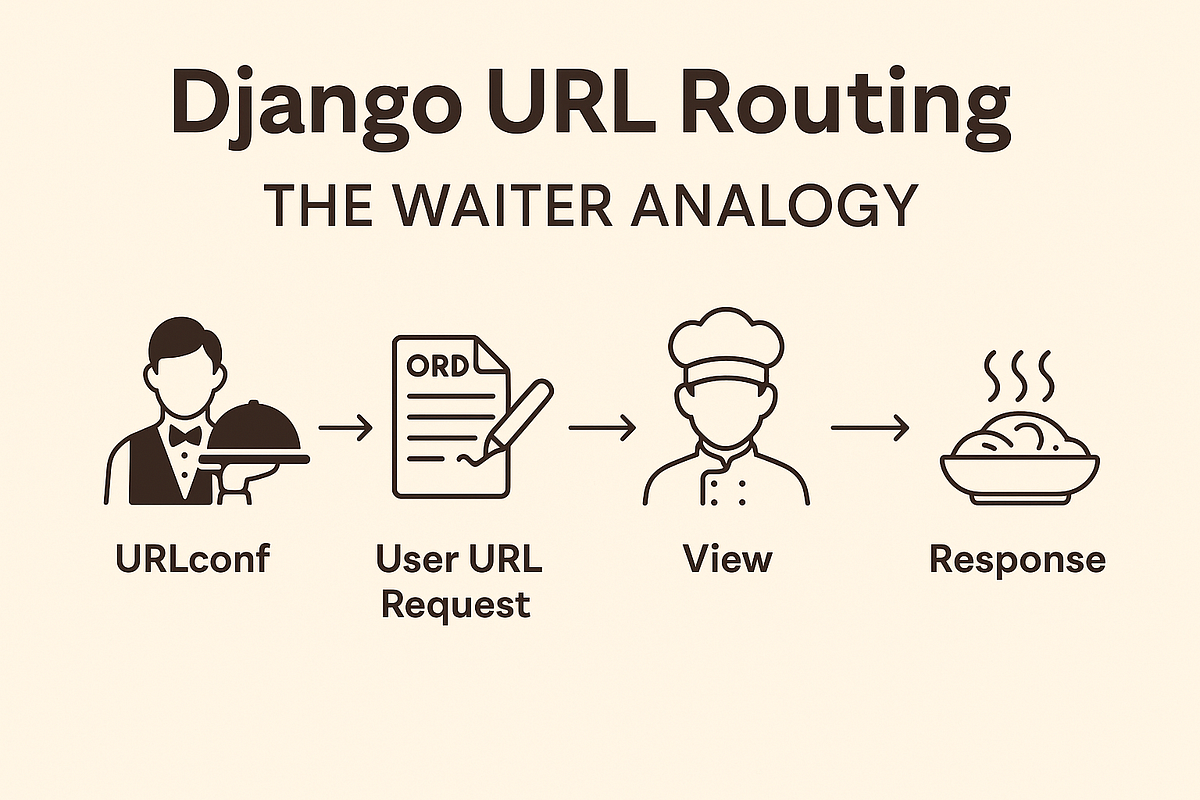Medium
1w
272

Image Credit: Medium
️Serving Orders Right: Django URL Routing Explained with a Restaurant Twist
- Django's URL routing acts like waiters in a restaurant, ensuring requests reach the right 'chef' in a web app.
- In Django, URL patterns function as maps, guiding requests to specific views.
- To set up URL routing in Django: create a urls.py file within your app, define URL patterns, and link them in the main URLs file.
- By linking the main URL file with the app's URL file, Django knows where to direct incoming requests.
- After setting up URL routing, start your server to see your welcome message on the specified address.
- Just like in a restaurant, the URL routing ensures requests are directed to the appropriate 'chef' (View) to process and serve the content.
- For any inquiries or discussions about Django's URL routing, there's an invitation to connect.
- Stay tuned for more Django-related insights in the upcoming week.
- That's a wrap on understanding Django's URL routing using a restaurant analogy.
- Django's URL routing ensures requests reach the right 'chef' (View) with precision.
- The mapping of URL patterns in Django functions akin to guiding requests to different stations in a kitchen.
- Upon setting up URL routing in Django, the server displays the welcome message, indicating successful routing of requests.
- URL routing mechanism in Django ensures that requests are handled by the appropriate 'chef' (View), similar to a waiter directing orders in a restaurant.
- Connecting the main URLs file with the app's URL file establishes the route for incoming requests in Django.
- The URL routing system in Django acts as the intermediary between incoming requests and their respective 'chef' (View) for processing.
- URL routing in Django functions as the essential mechanism for directing requests to the corresponding views.
- The analogy of restaurant service aptly illustrates how Django's URL routing guides incoming requests to the designated 'chef,' ensuring efficient content delivery.
Read Full Article
16 Likes
For uninterrupted reading, download the app